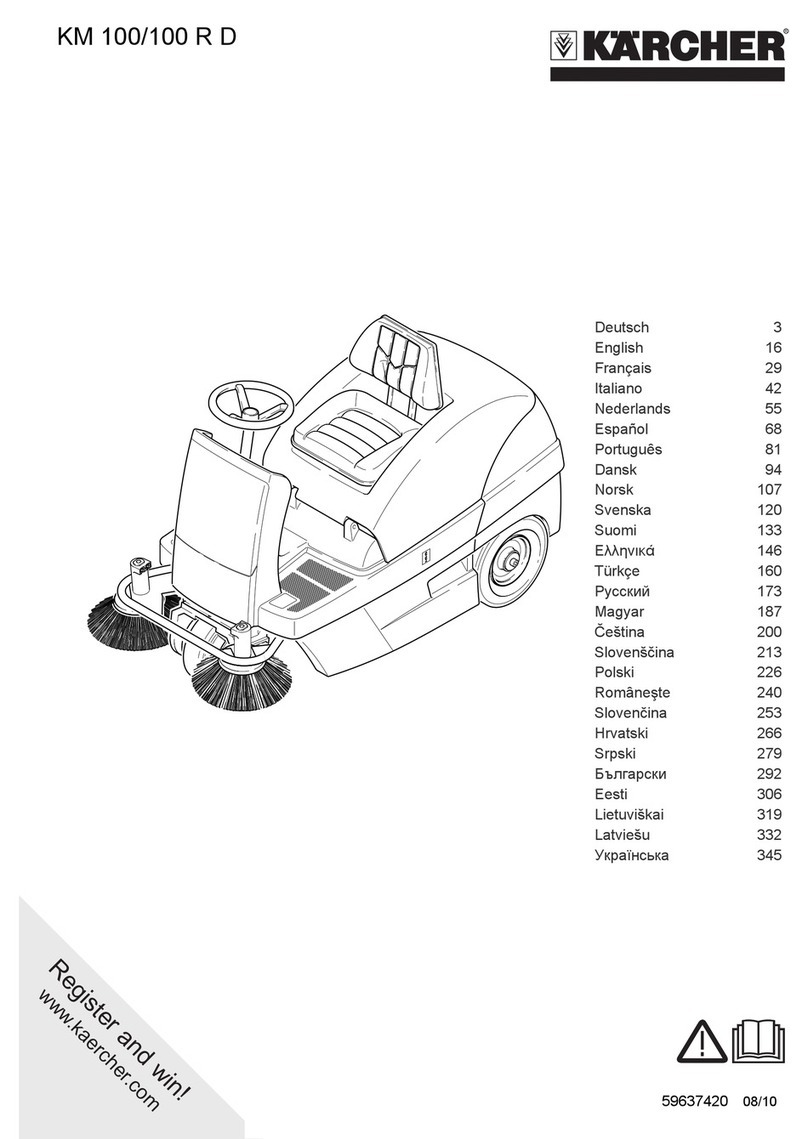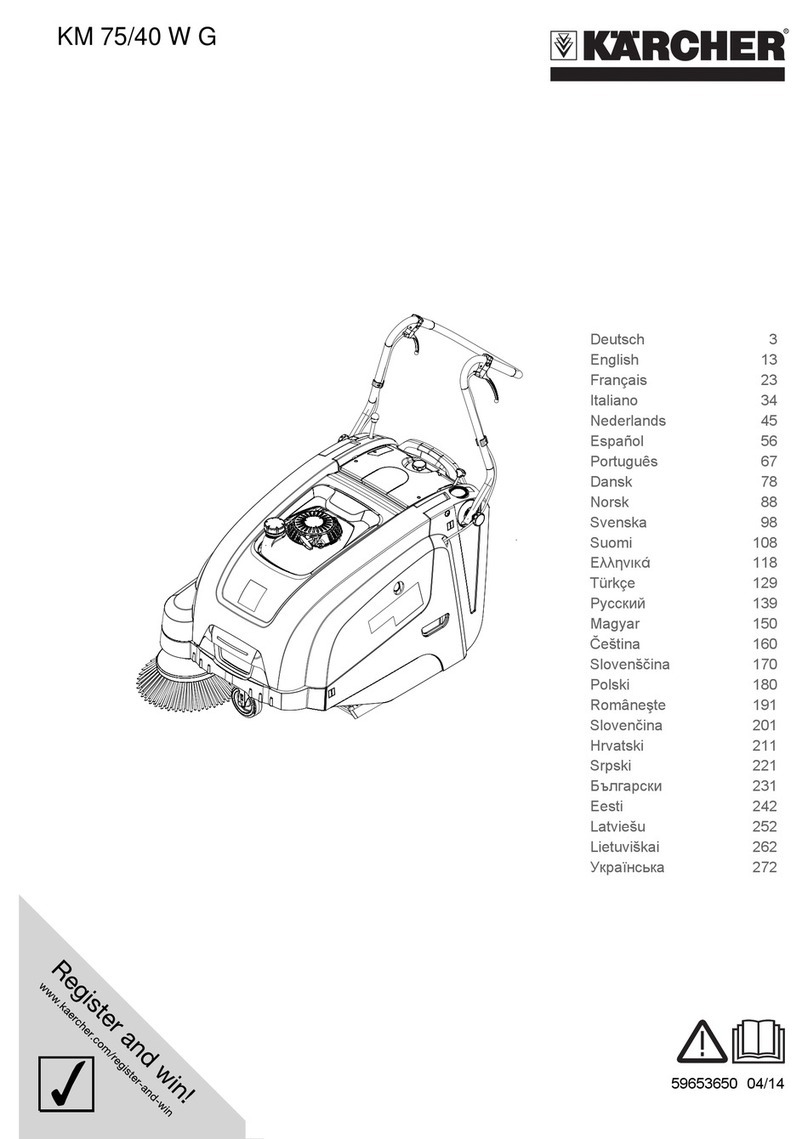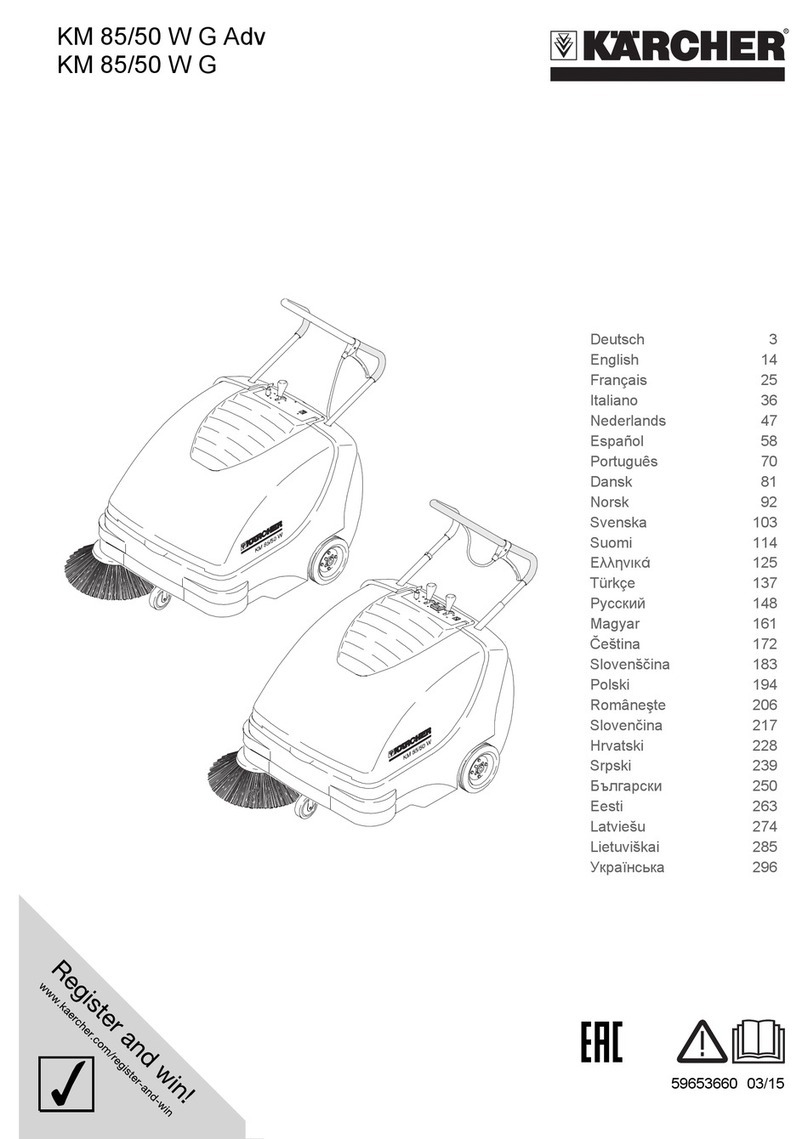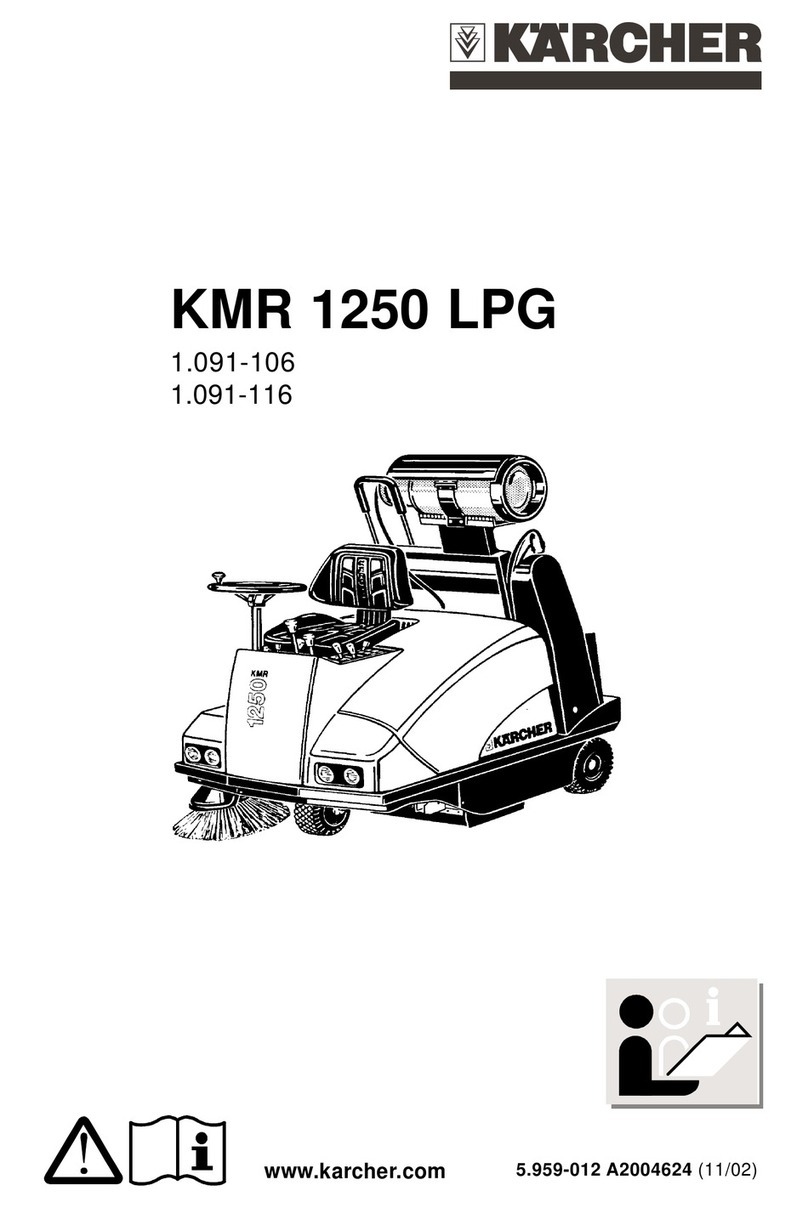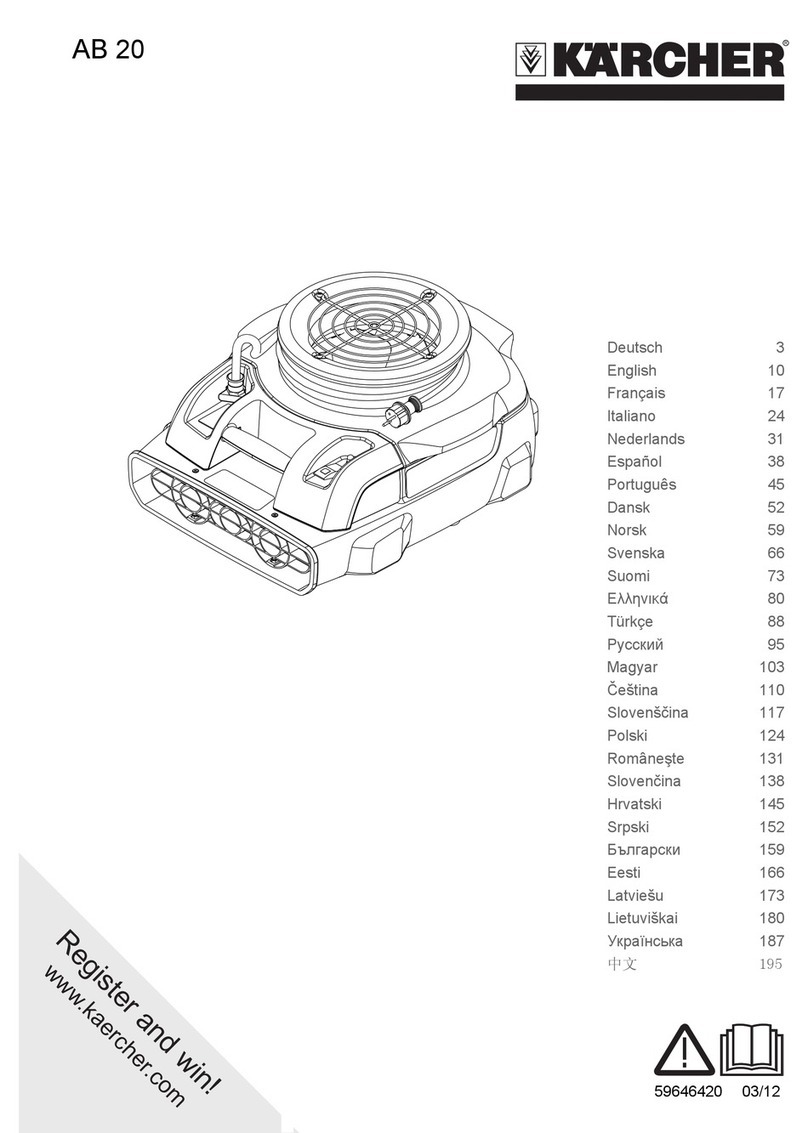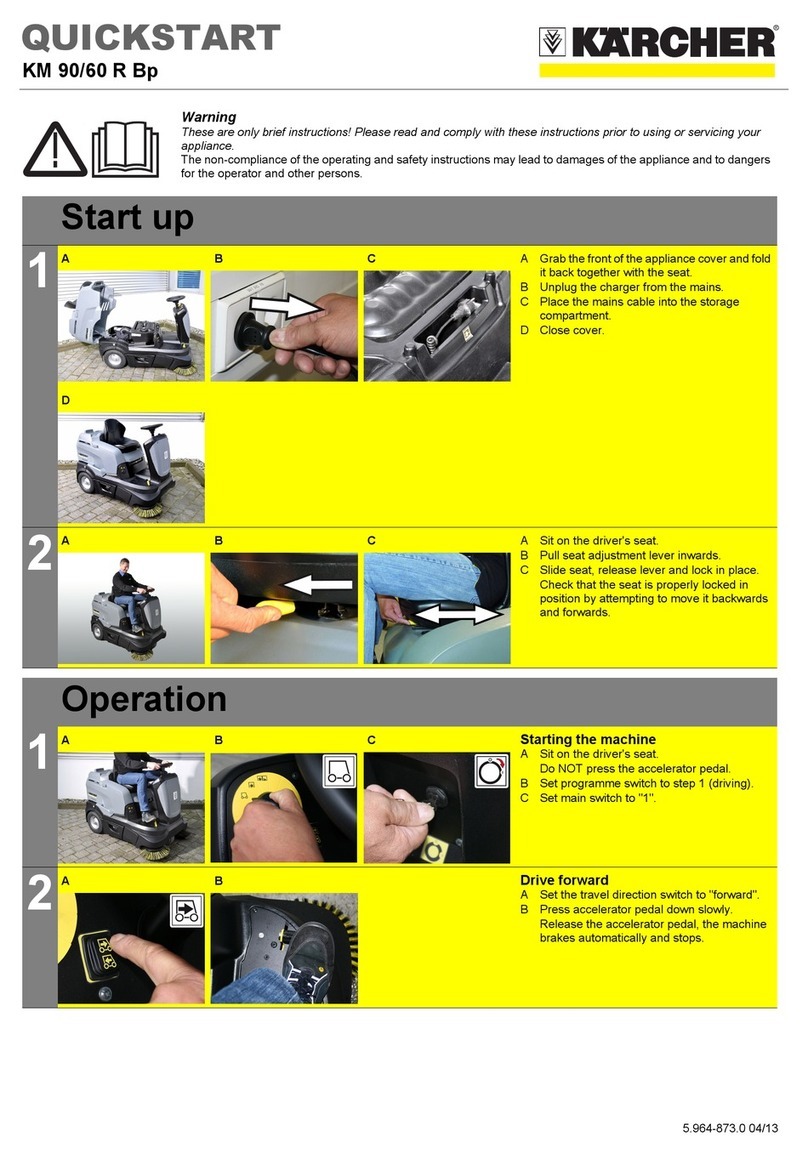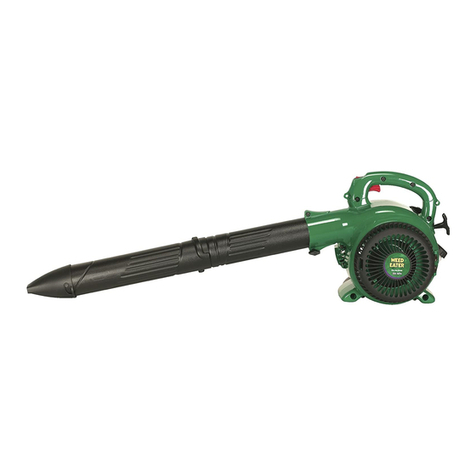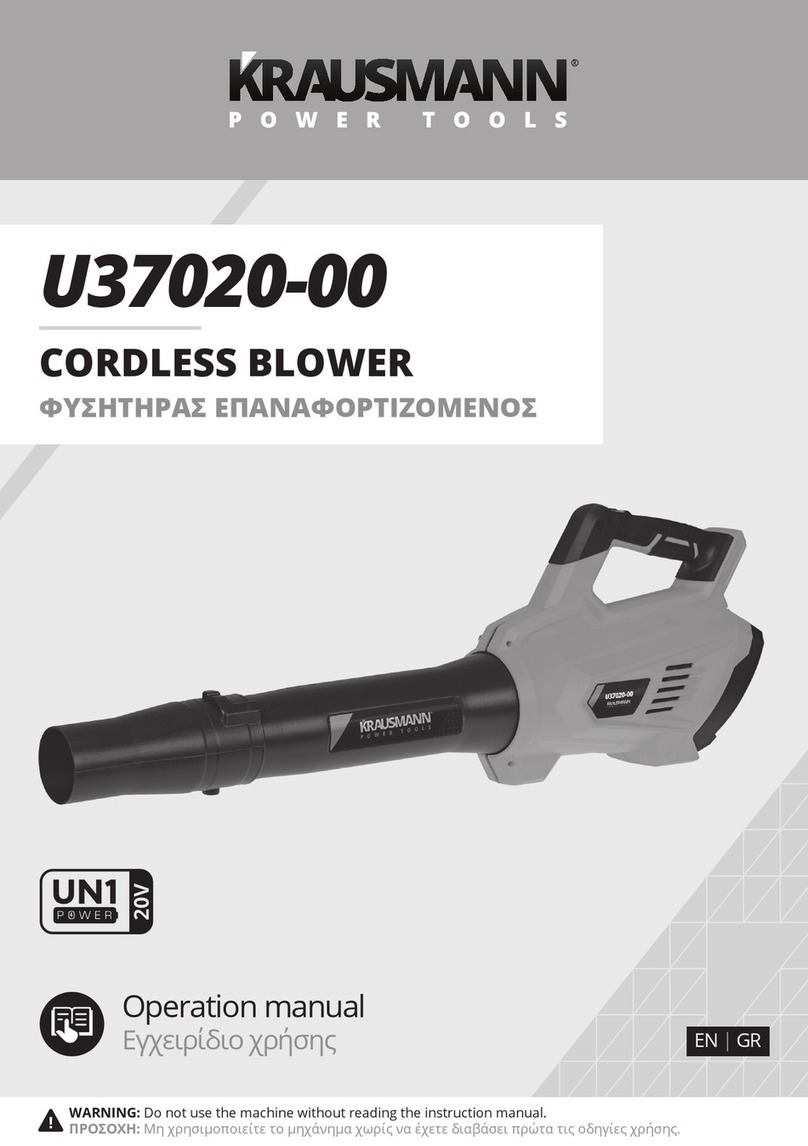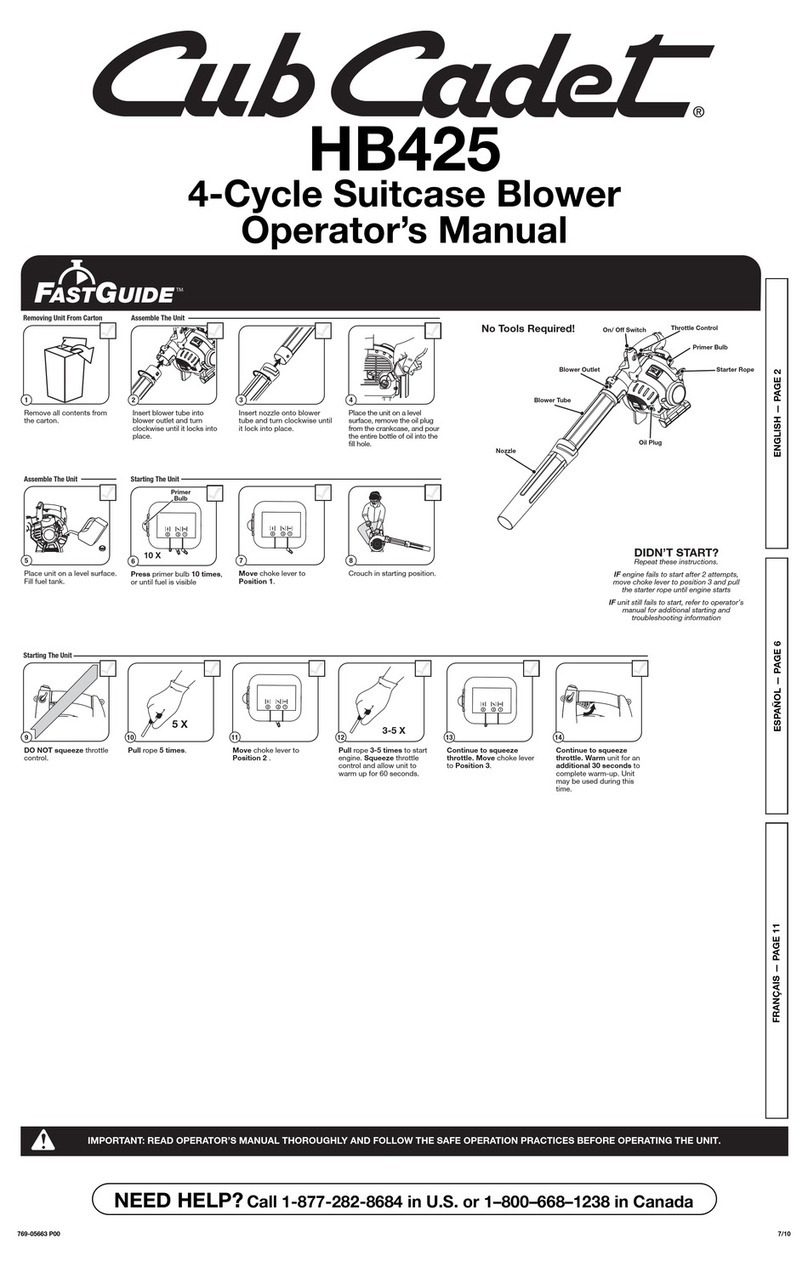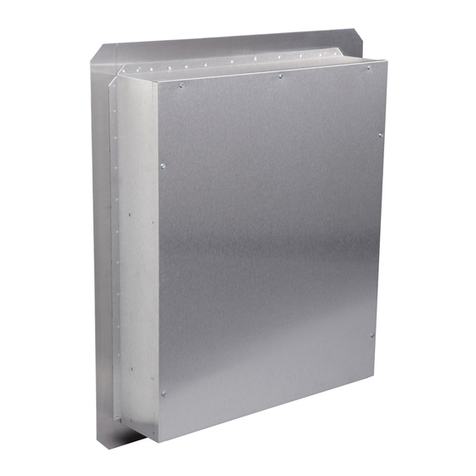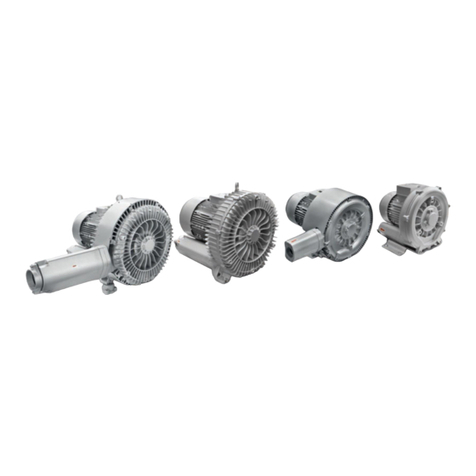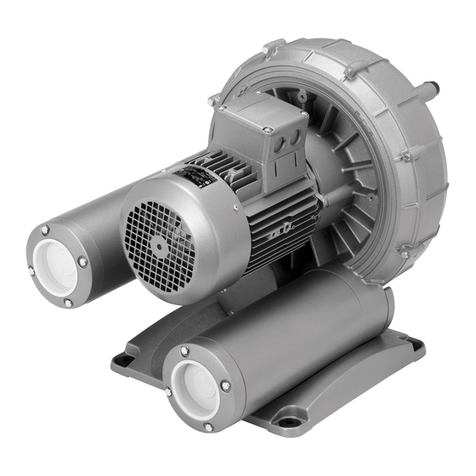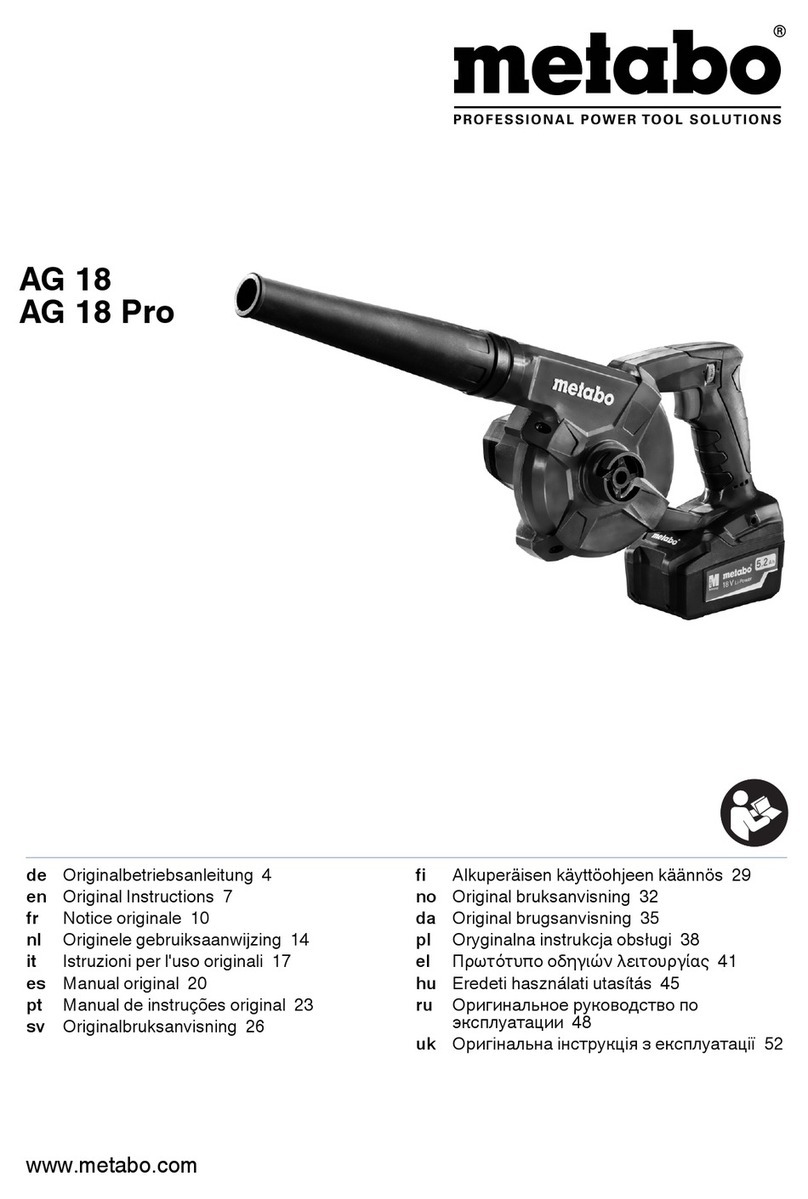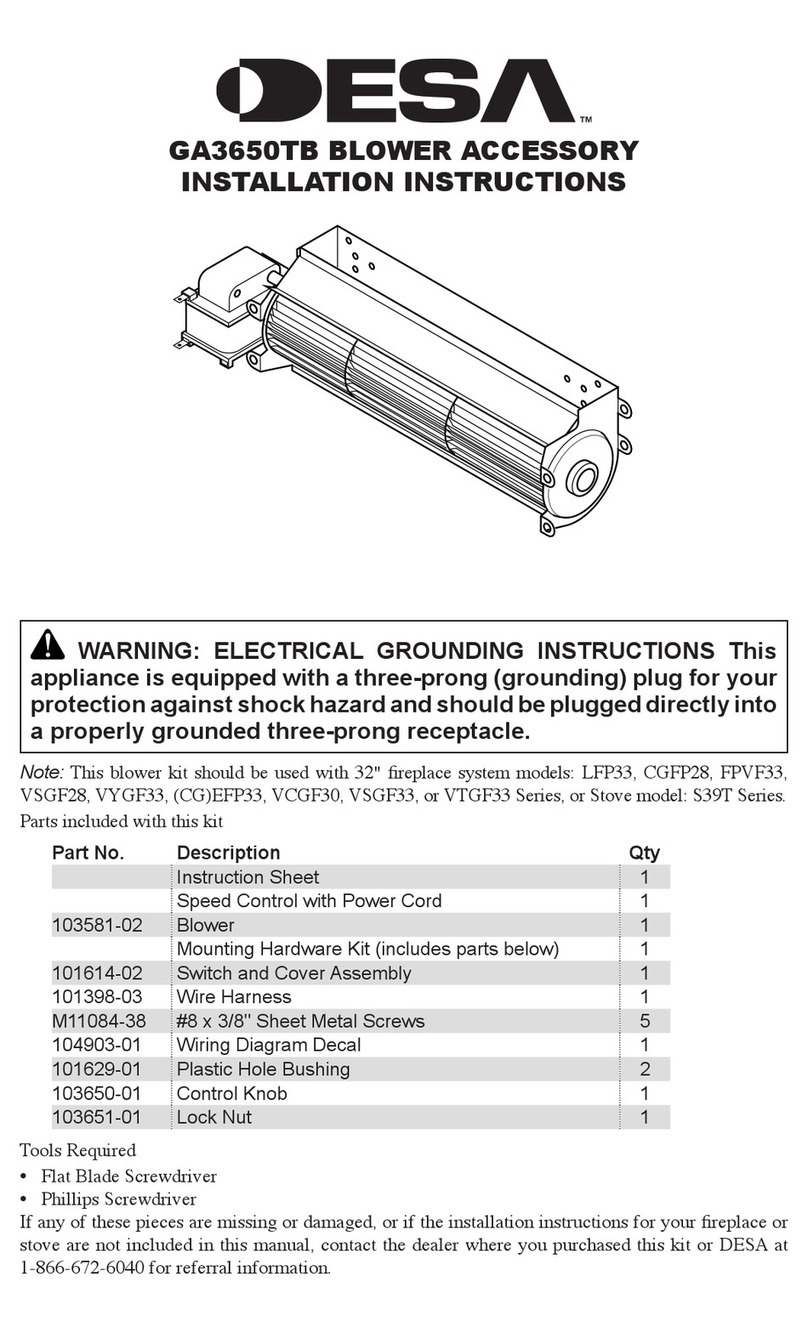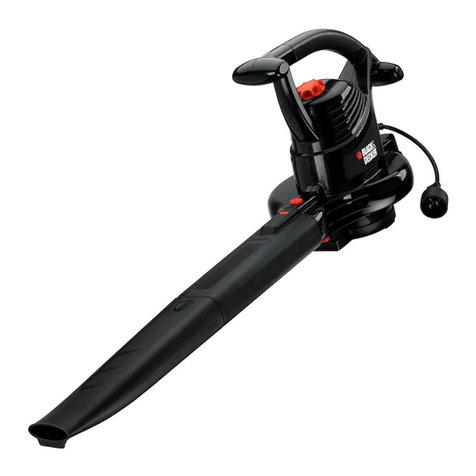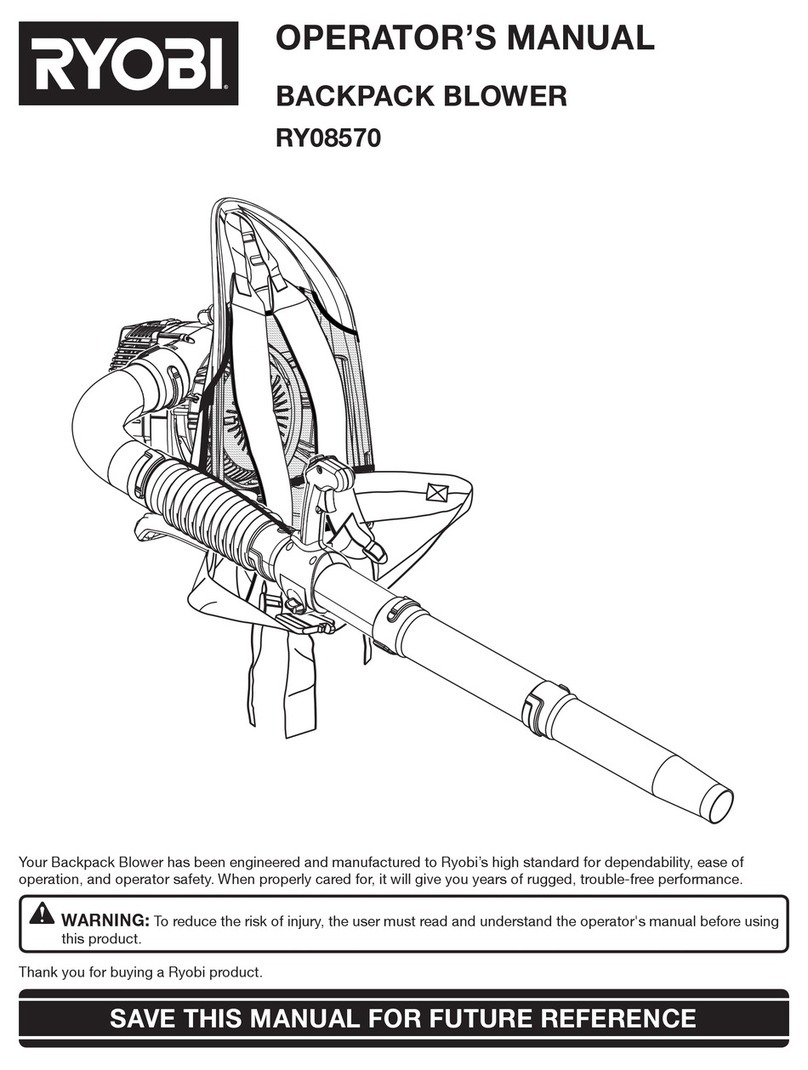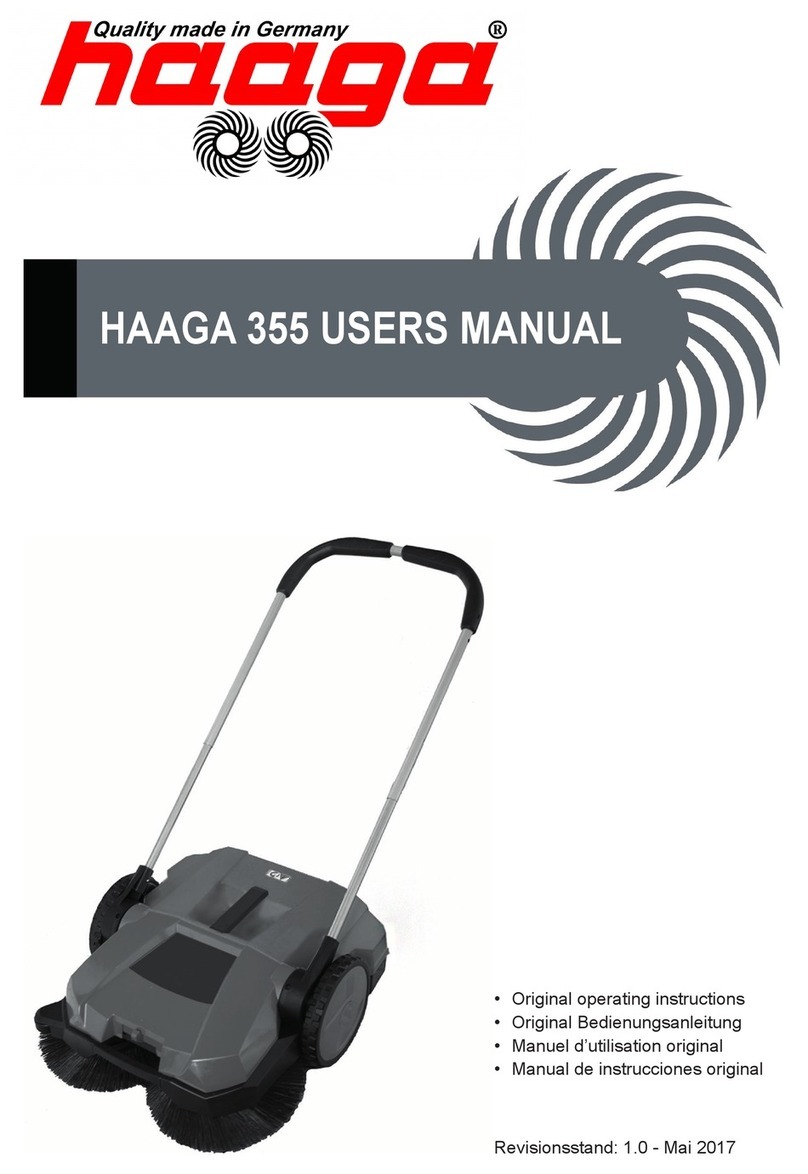- 1
Please read and comply with
these original instructions prior
totheinitialoperationofyourapplianceand
storethem forlater useor subsequentown-
ers.
Before first start-up it is definitely neces-
sary to read the safety indications no.
5.956-250!
These operating instructions describe 2 ap-
pliances or designs.
MIC 34C
This machine is an appliance carrier on
which various attachments (not included in
the scope of supply) can be attached at the
front and at the back, according to require-
ments.
MC 50
This appliance is a sweeper on which fur-
therattachments (notincludedin thescope
of delivery) can be installed.
Usethis appliance onlyasdirected inthese
operating instructions.
–The sweeper has been designed to
sweep dirt and debris from outdoor sur-
faces.
–The appliance carrier is used to store,
operate and transport extra work at-
tachments such as mower decks,
sweeper and sprayer units, etc.
–If not attachment is connected to the
rear of the appliance, you must install
the balance weights on the rear.
–The appliance should not be used in
closed rooms.
–Themachine isnot suitableforvacuum-
ing dust which endangers health.
–The machine may not be modified.
–The machine is only suitable for use on
the types of surfaces specified in the
operating instructions.
–The machine may only be operated on
the surfaces approved by the company
or its authorised representatives.
–The following applies in general: Keep
highly-flammable substances away
from the appliance (danger of explo-
sion/fire).
–Never vacuum up explosive liquids,
combustible gases or undiluted acids
andsolvents.This includespetrol,paint
thinner or heating oil which can gener-
ate explosive fumes or mixtures upon
contact with the suction air. Acetone,
undiluted acids and solvents must also
be avoided as they can harm the mate-
rials on the machine.
–Neversweep/vacuumupreactivemetal
dusts (e.g. aluminium, magnesium,
zinc), as they form explosive gases
when they come in contact with highly
alkaline or acidic detergents.
–Do not sweep/vacuum up any burning
or glowing objects.
–Themachinemay notbeusedor stored
in hazardous areas. It is not allowed to
use the appliance in hazardous loca-
tions.
–Asphalt
–Industrial floor
–Screed
–Concrete
–Paving stones
Contents
Proper use . . . . . . . . . . . . . EN . . 1
Foreseeable misuse . . . EN . . 1
Suitable sweeping surfaces EN . . 1
General notes. . . . . . . . . . . EN . . 2
Accessories and Spare
Parts . . . . . . . . . . . . . . . EN . . 2
Environmental protection EN . . 2
Warranty . . . . . . . . . . . . EN . . 2
Spare parts . . . . . . . . . . EN . . 2
Symbols in the operating in-
structions. . . . . . . . . . . . EN . . 2
Symbols on the machine EN . . 2
Safety instructions . . . . . . . EN . . 3
Application. . . . . . . . . . . EN . . 3
Operation . . . . . . . . . . . EN . . 3
Drive mode . . . . . . . . . . EN . . 3
Applianceswithcombustion
engine . . . . . . . . . . . . . . EN . . 3
Appliances with air tires EN . . 3
Transport. . . . . . . . . . . . EN . . 3
Maintenance . . . . . . . . . EN . . 3
Safety Devices . . . . . . . EN . . 3
Sweeper Functions. . . . . . . EN . . 3
Control elements. . . . . . . . . EN . . 4
Overview MC 50 . . . . . . EN . . 4
Overview MIC 34C . . . . EN . . 5
Ventilation/air conditioning
(option) . . . . . . . . . . . . . EN . . 5
Accessory blower . . . . . EN . . 5
Steering column . . . . . . EN . . 5
Pedals. . . . . . . . . . . . . . EN . . 6
Ceiling panel . . . . . . . . . EN . . 6
Door handle. . . . . . . . . . EN . . 6
Waste container (sweeper) EN . . 6
Connections . . . . . . . . . EN . . 6
Console MC 50 . . . . . . . EN . . 7
Console MIC 34C . . . . . EN . . 8
Before Startup. . . . . . . . . . . EN . . 9
Prior to initial start-up . . EN . . 9
Refuelling . . . . . . . . . . . EN . . 9
Fill the windshield wiper
system . . . . . . . . . . . . . . EN . . . 9
Fill water reservoir (for
sweeper) . . . . . . . . . . . . EN . . . 9
Adjusting driver's seat . . EN . . .9
Set the steering wheel posi-
tion. . . . . . . . . . . . . . . . . EN . . . 9
Prior to start/safety test . EN . . 10
Daily maintenance tasks EN . . 10
Operation. . . . . . . . . . . . . . . EN . .10
Driving . . . . . . . . . . . . . . EN . . 10
During sweeping operation EN . . 10
Restrict brush immersion
depth . . . . . . . . . . . . . . . EN . . 11
Emptying waste container EN . . 11
Turn off device . . . . . . . . EN . . 11
Frost protection . . . . . . . EN . . 12
Transport . . . . . . . . . . . . EN . . 12
Attachment sets. . . . . . . . . . EN . .12
Preparation for all upgrade
kits . . . . . . . . . . . . . . . . . EN . . 12
Mower 125 cm . . . . . . . . EN . . 12
Mower 135 cm . . . . . . . . EN . . 12
Front brush roller . . . . . . EN . . 13
Snow removal shields . . EN . . 13
Snow blower . . . . . . . . . EN . . 13
Caster . . . . . . . . . . . . . . EN . . 14
Balance weight without at-
tachment hitch . . . . . . . . EN . . 15
Balance weight with attach-
ment hitch . . . . . . . . . . . EN . . 15
Towing hitch. . . . . . . . . . EN . . 15
Storage . . . . . . . . . . . . . . . . EN . . 15
Maintenance and care. . . . . EN . .15
General notes . . . . . . . . EN . . 15
Panels . . . . . . . . . . . . . . EN . . 16
Cleaning. . . . . . . . . . . . . EN . . 16
Maintenance intervals . . EN . . 17
Maintenance Works. . . . EN . . 18
Fuses. . . . . . . . . . . . . . . EN . . 26
Troubleshooting. . . . . . . . . . EN . .28
Faults with display . . . . . EN . . 28
Faults without display. . . EN . . 28
Towing . . . . . . . . . . . . . . EN . . 29
Technical specifications. . . . EN . .30
Centre of gravity of the MC
50 / MIC 34C with sweeping
system . . . . . . . . . . . . . . EN . . 31
Point of gravity MIC 34C EN . . 31
EC Declaration of Conformity EN . . 31
Proper use
Foreseeable misuse
Suitable sweeping surfaces
3EN
